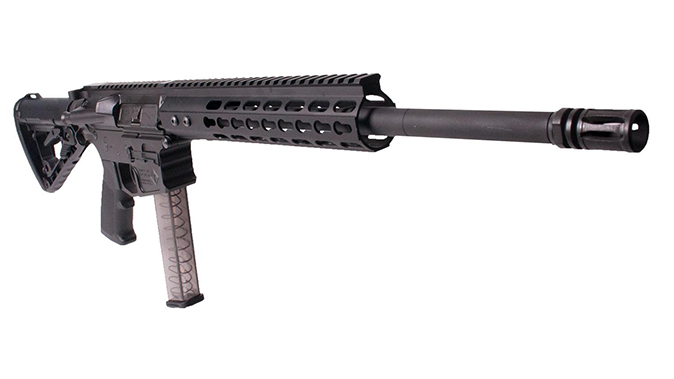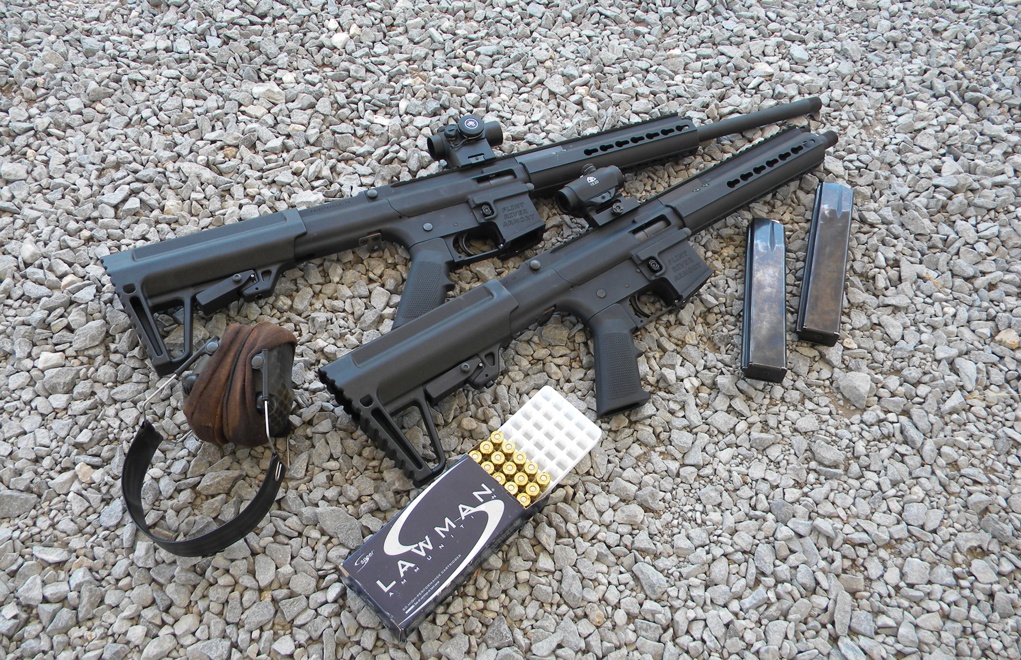Some cavalry, such as the German Reiters, added one or more handguns, while other cavalry, such as harquebusiers, attempted numerous shorter, lightened variations of the infantry arquebus weapons the first carbines. However these weapons were still hard to refill while mounted, and the saber typically remained primary weapon of such cavalry. While more portable, carbines had the general downsides of less accuracy and power than the longer guns of the infantry. Throughout Napoleonic warfare, handgun and carbine-armed cavalry typically transitioned into traditional melee cavalry or dragoons. Carbines discovered increased use outside of basic cavalry and infantry, such as support and weapons troops, who may need to safeguard themselves from attack but would be impeded by keeping full-sized weapons with them continually; a typical title for many short rifles in the late 19th century was weapons carbine.
It was meant to give the cavalry a replacement weapon which might be fired from horseback without the requirement for uncomfortable reloading after each shot although it saw service mainly with dismounted troopers, as was typical of cavalry weapons throughout that war.

One of the most popular and recognizable carbines were the lever-action Winchester carbines, with several versions readily available firing revolver cartridges. This made it a perfect choice for cowboys and explorers, along with other residents of the American West, who might carry a revolver and a carbine, both utilizing the same ammo.
In the years following World War I, the standard fight rifle used by armies worldwide had actually been growing shorter, either by redesign or by the basic issue of carbine variations rather of full-length rifles. This move was started by the U.S. Model 1903 Springfield, which was initially produced in 1907 with a short 24-inch (610 mm) barrel, offering a brief rifle that was longer than a carbine however shorter than a normal rifle, so it could be provided to all troops without requirement for separate variations.

The U.S. M1 carbine was more of a standard carbine because it was significantly shorter and lighter, with a 457. 2 mm (18. 00 in) barrel, than the M1 Garand rifle, and that it was intended for rear-area soldiers who could not be hindered with full-sized rifles but needed something more effective and precise than a Design 1911 pistol (although this did not stop soldiers from using them on the front line).
The smart Trick of 3 Reasons Pistol-caliber Carbines 'Outgun' Everything Else That Nobody is Discussing
Get additional information check this link.
30-06 M1 Garand, as is normal for most rifles and carbines, but it was a completely various style, firing a smaller, less-powerful cartridge. The "M1" designates each as the first design in the brand-new U.S. classification system, which no longer used the year of introduction but a sequential series of numbers beginning at "1": the M1 Carbine and M1 Rifle.

Unlike previous wars, which were typically battled primarily from fixed lines and trenches, World War II was a highly mobile war, typically battled in cities, forests, or other areas where mobility and visibility were limited. In addition, improvements in artillery made moving infantry in open locations even less useful than it had been.
62mm battle rifles for some decades later on, although by this point, the 5. 56mm has actually been embraced by practically all NATO countries and lots of non-NATO countries. This 5. 56mm NATO round was even lighter and smaller than the Soviet 7. 6239mm AK-47 cartridge however had higher velocity. In U.S.
Another aspect is that with the increasing weight of technology, sighting systems, ballistic armor, etc, the only method to minimize the concern on the modern soldier was to equip them with a smaller sized, lighter weapon. Also, modern soldiers rely a lot on cars and helicopters to transport them around the fight area, and a longer weapon can be a severe limitation to going into and leaving these automobiles.
Militaries with restricted movement such as car operators, or a higher requirement for movement such as squad leaders, were released M4 carbines. In 2015, the Marine Corps approved the M4 carbine for basic concern to front-line Marines, changing the M16A4 rifle. The rifles are issued to support soldiers while the carbines go to the front-line Marines, in a reversal of the standard roles of "rifles for the cutting edge, carbines for the rear".